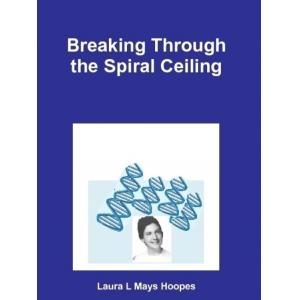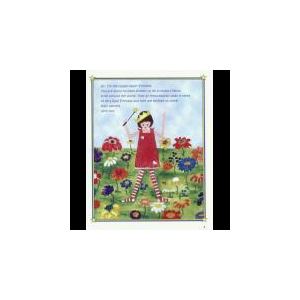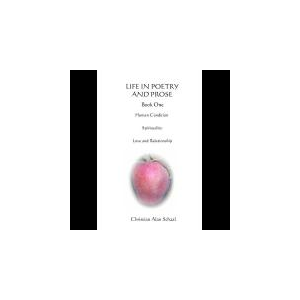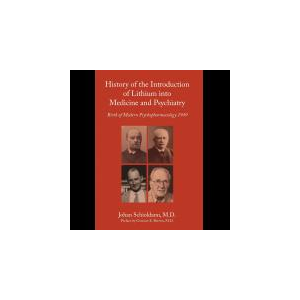Leavingthe Hall Light On: A Mother’s Memoir of Living with Her Son’s Bipolar Disorderand Surviving His Suicide
byMadeline Sharples
HardcoverRelease: May 2011
LuckyPress LLC
Leaving the Hall Light On is about living after loss. It's aboutfinding peace and balance and various ways the author, Madeline Sharples, broughtherself together after feeling so helpless and out of control during her sonPaul's seven-year struggle with bipolar disorder and after his suicide inSeptember 1999. Sharples explains: "I write about the steps I took inliving with the loss of my son, including making use of diversions to help easemy grief. Leaving the Hall Light On is also about the milestones I mettoward living a full life without him: packing and giving away his clothes,demolishing and redoing the scene of his death, cataloging and packing away allhis records and books, copying all of his original music compositions onto CDs,digitizing all of our family photos, and gutting his room and turning it intomy office and sanctuary with a bay window that looks out toward a lush gardenand a bubbling water fountain."
The author's book shares several aspects of her son's illnessand how she and her husband, and their other son, Ben, survived Paul's suicide,as it:
1) describes the frustration, anger, and guilt of trying to carefor an adult child with mental illness
2) gives mothers and fathers who have experienced a child'sdeath ways to get out of the deep dark hole they are in,
3) tells people the realities of mental illness,
4) describes the steps Sharples took in living with this loss;the first and foremost that she chose to live and go on with life andtake care of herself as a woman, wife, mother, writer, and
5)shows readers that grief is love in action. To let ourselves grieve is to feelthe depth of our love for as long as it takes. For those of us whose childrenhave died, that may take the rest of our lives, but we will discover the giftsof our loss in the process.













